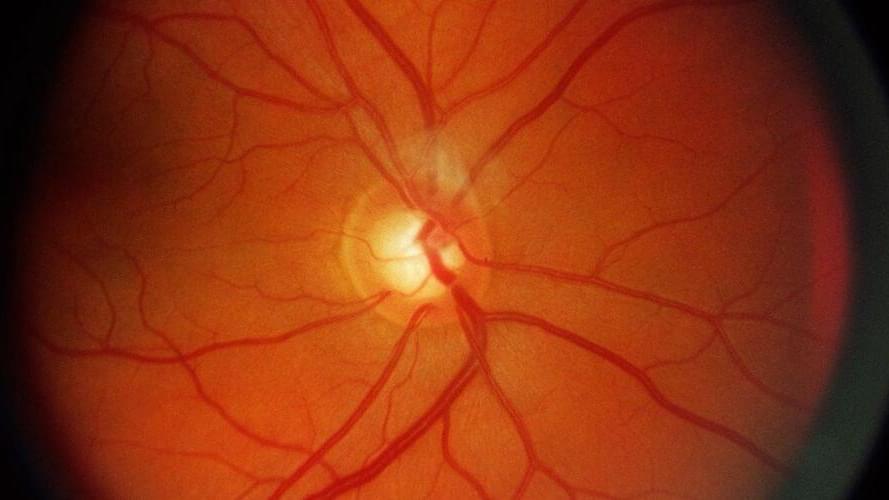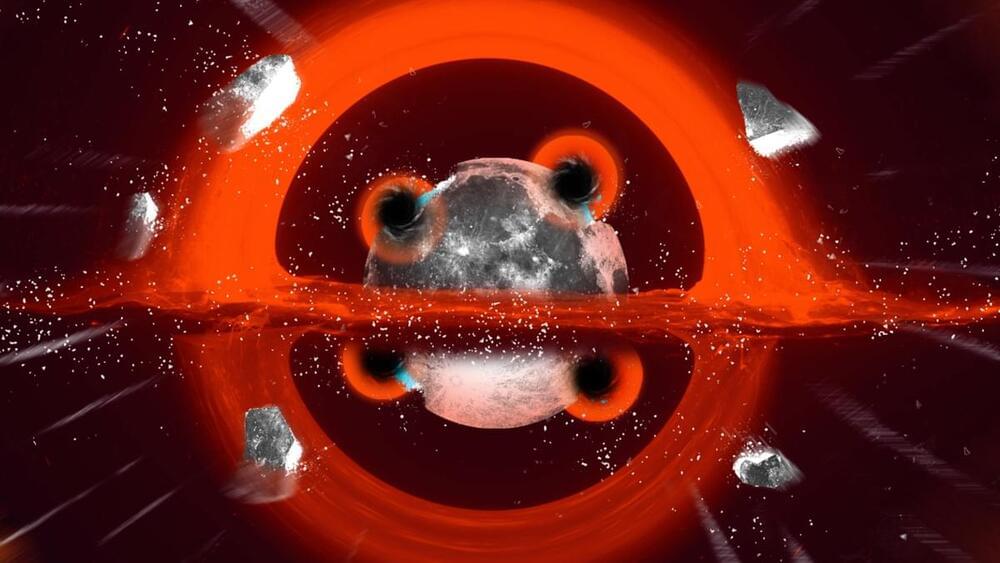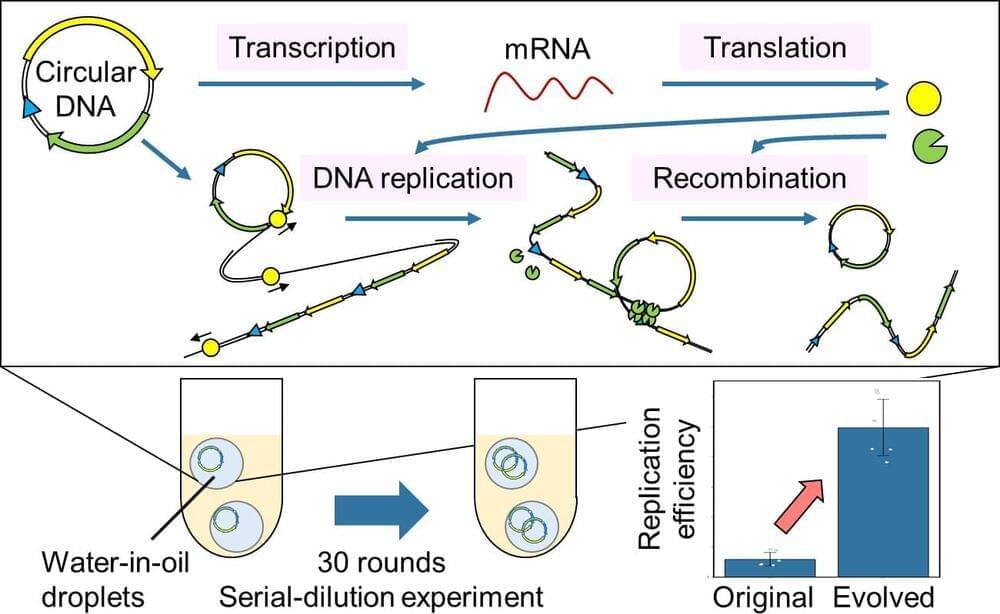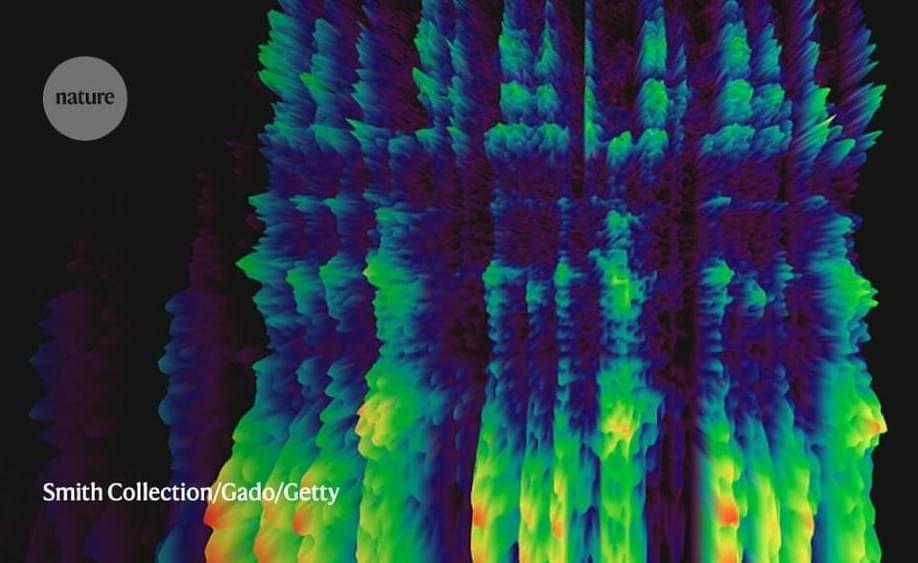Nov 19, 2021
New AI Test Diagnoses Glaucoma in Just 10 Seconds
Posted by Genevieve Klien in categories: biotech/medical, food, robotics/AI
Glaucoma is a surprisingly common condition that can have serious consequences if it goes untreated. Understanding the importance of early detection, a team of engineers and ophthalmologists in Australia has developed a novel approach using AI to diagnose glaucoma that can yield results in just 10 s.
Have you ever experimented with food dye? It can make cooking a lot more fun, and provides a great example of how two fluids can mix together well—or not much at all.
Add a small droplet in water and you might see it slowly dissolve in the larger liquid. Add a few more drops and perhaps you’ll see a wave of color spread, the colored droplets spreading and breaking apart to diffuse more thoroughly. Add a spoon and begin stirring quickly, and you’ll probably find that the water fully changes color, as desired.
Continue reading “New AI Test Diagnoses Glaucoma in Just 10 Seconds” »

















